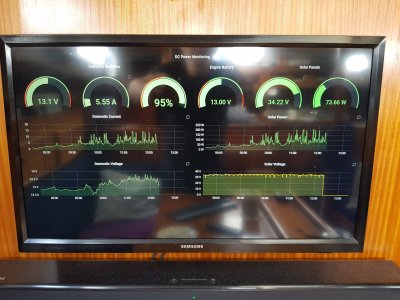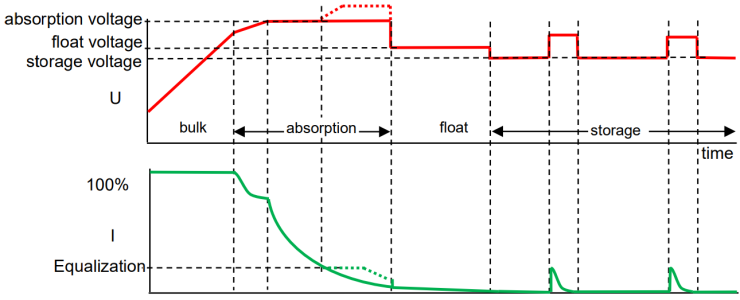pmagowan
Well-Known Member
I would be interested in the results as I have the same problem in my head. Voltage is like a potential difference or a head of water, if flowing out (current) faster than flowing in the head of water drops. I can’t understand how the charger keeps the voltage high without actually charging the battery, no matter how slowly. Perhaps I have the theory wrong or something in the real world is having an unusual effect.


